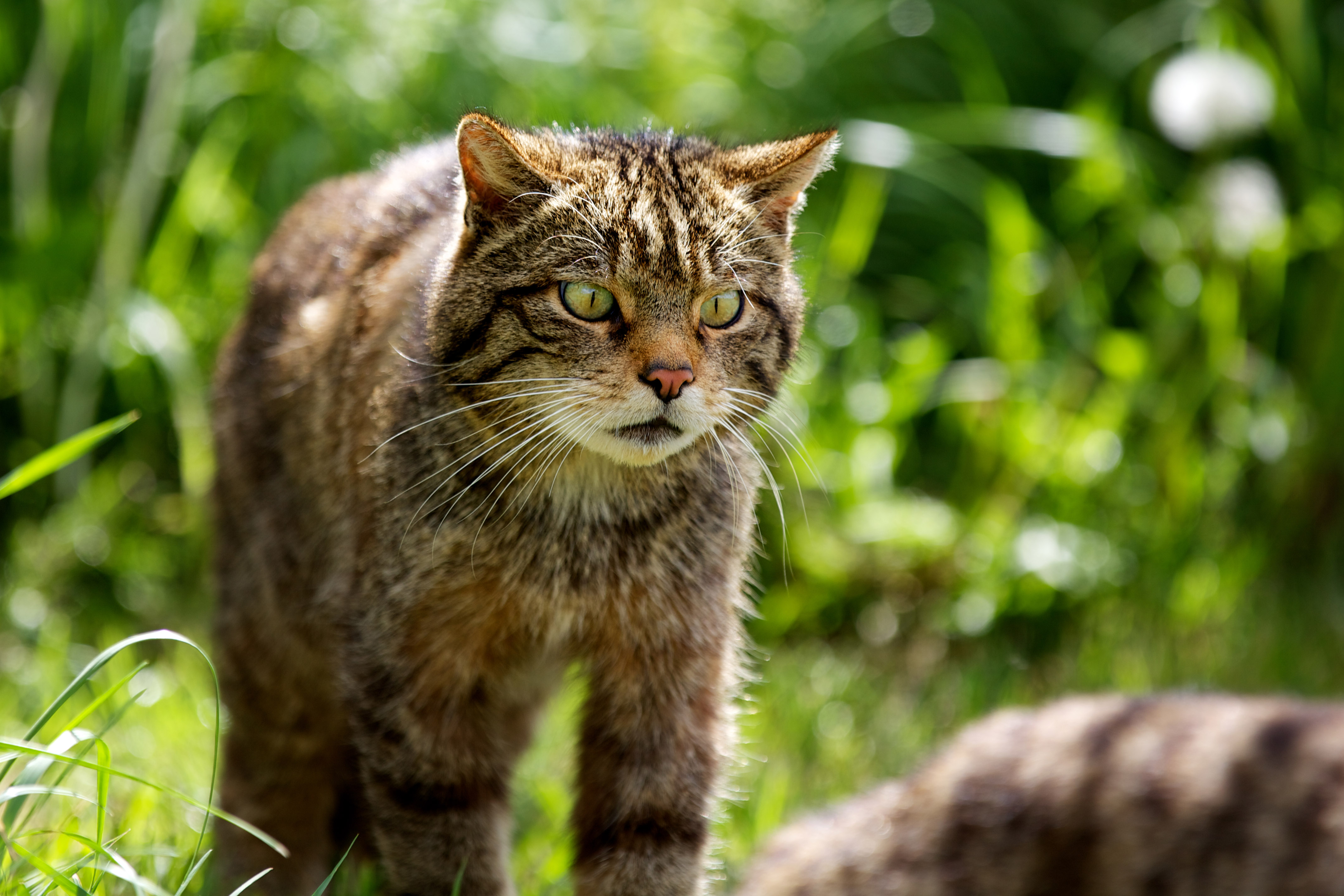We all love our fur friends. Cats, dogs and rabbits make wonderful companions and most of us take all the necessary steps to make sure they are not only loved but are kept safe. But how do we also make sure that our native animals are protected?
Meet The Feral Cat
Feral cats were likely introduced more than 200 years ago by European settlers. They were later brought in to help control rabbit and rodent populations that had got out of control. However, these domesticated cats soon escaped and started to breed in the wild. They stopped hunting other introduced animals (such as rabbits) and started to prey on native animals like the numbat, the bilby and bandicoots. In some cases they hunted these animals to extinction.
Today, feral cats are the most damaging of all the introduced species. In 2021, a report was released that outlined the cost of invasive species to the Australian environment and cats came in the most expensive at $18 million over the past 60 years.
But it’s not all about the dollars. Cats have been the number one contributor to the extinction of native animals. More than 100 native species are currently on the menu for feral cats.
What Can We Do To Help?
Cats love to bring us presents. Whether it’s a mouse in the toilet or a colourful bird on the doormat, cats are natural hunters. In our own homes, we can make sure our beloved moggies are kept in enclosed areas. That might be that they are indoor animals or you might have a fancy cat run set up in your backyard. Keeping them in a secure area not only protects the wildlife around your home but also protects your cat from outside dangers (such as other cats!).
There are a lot of people working to manage feral cat populations in the wild. The best thing that Hotspot Heroes can do is talk to people about feral cats. You can explain that they use their natural instincts to hunt native animals and it takes all of us working together to protect our local species. If you think you’ve spotted a feral cat, then you can also call your local Ranger.


